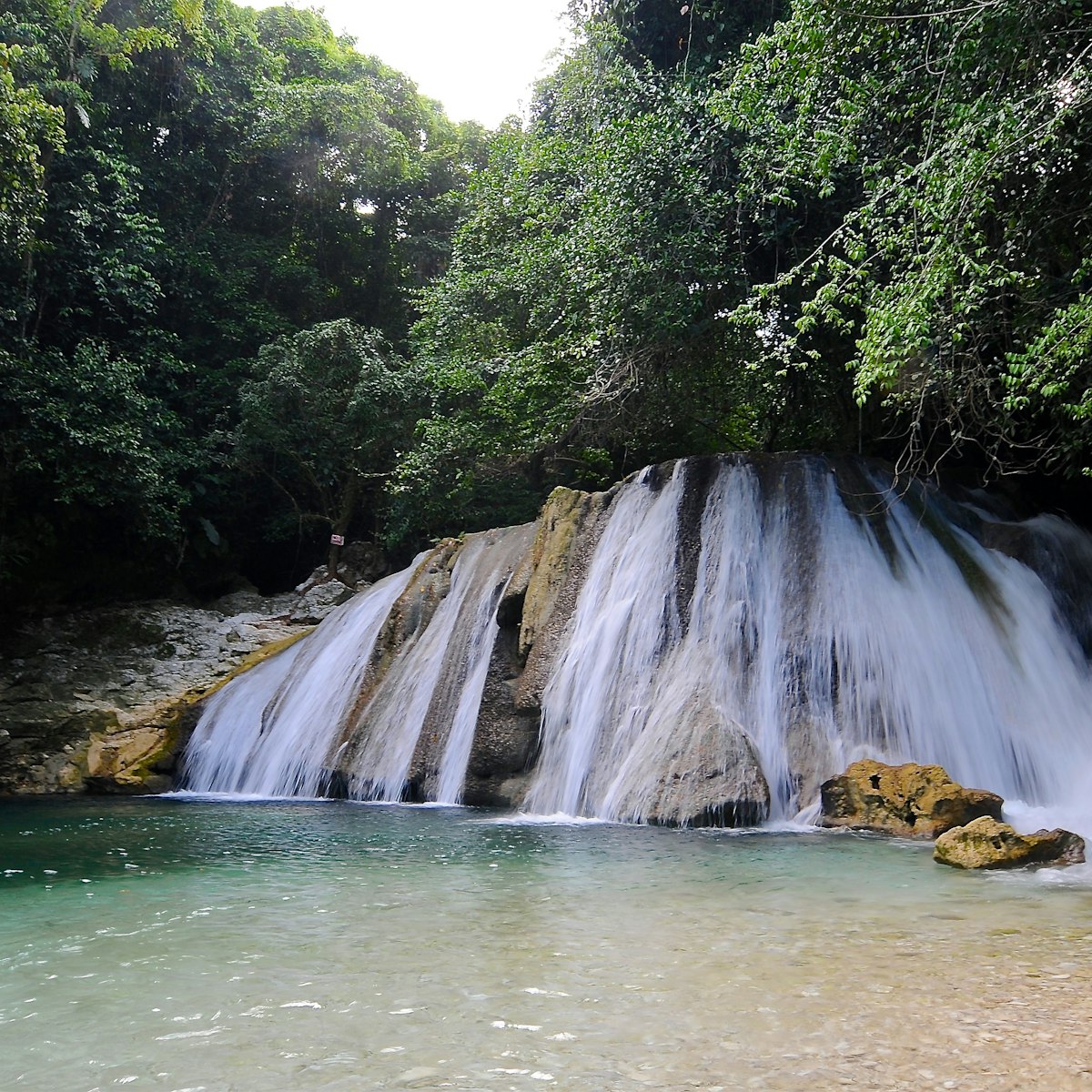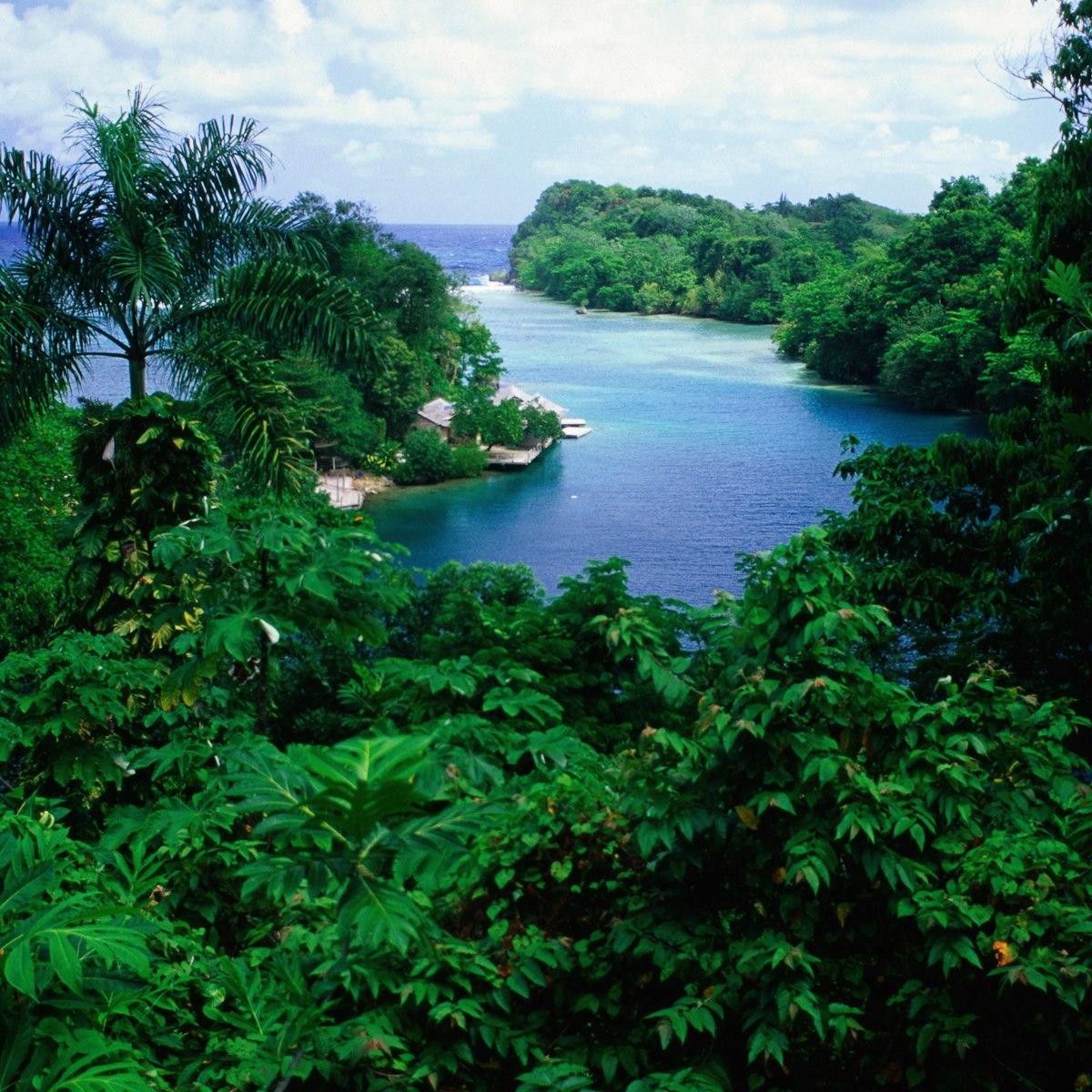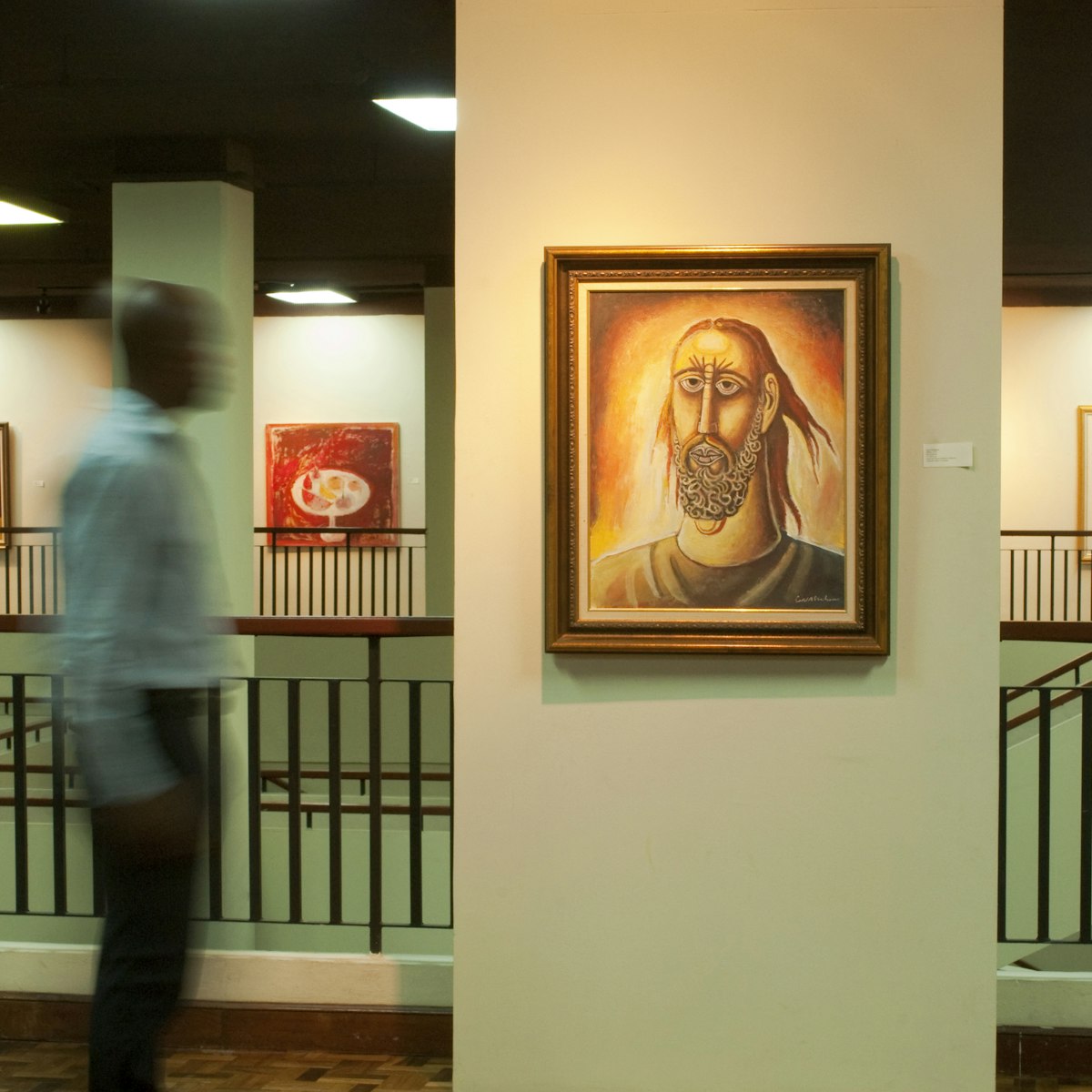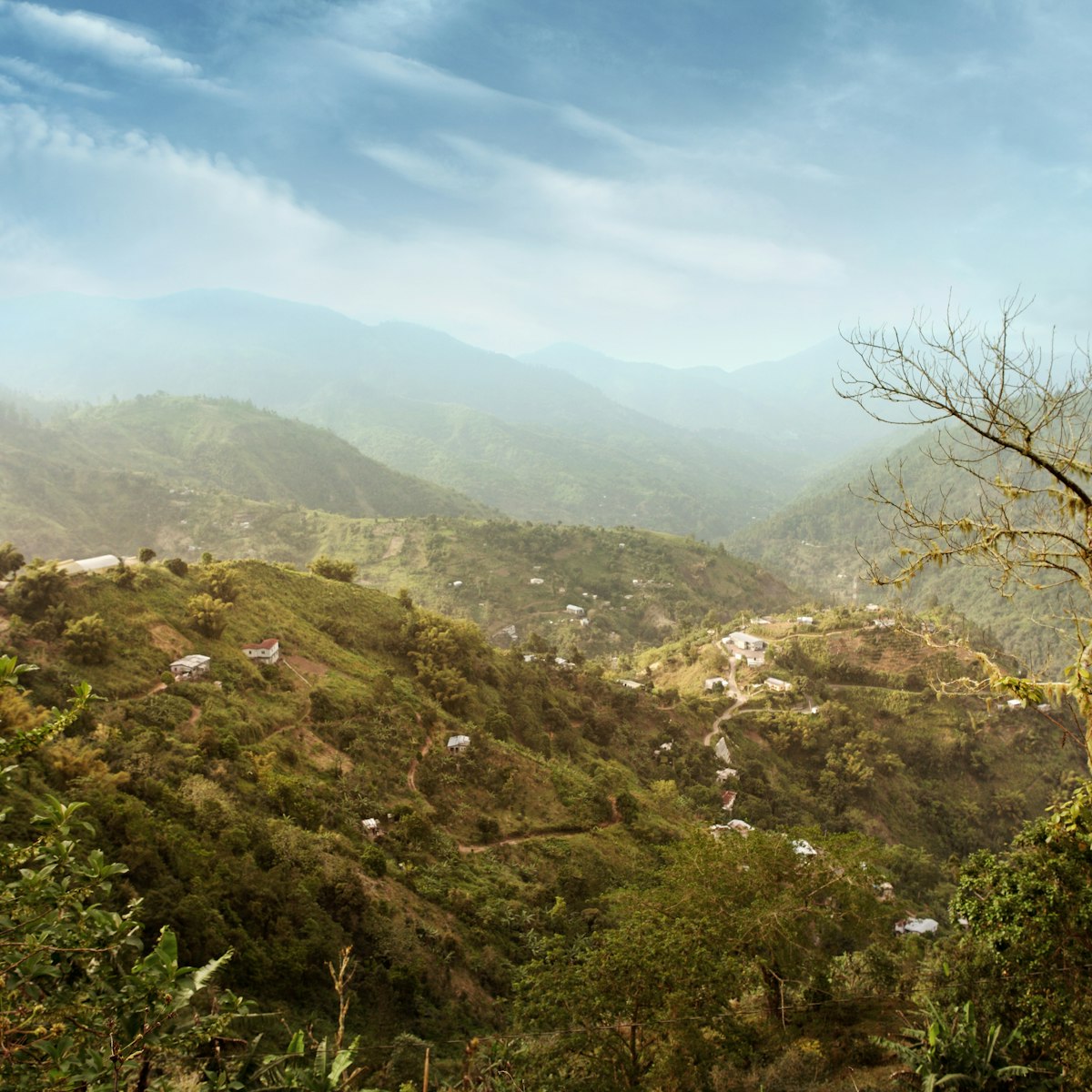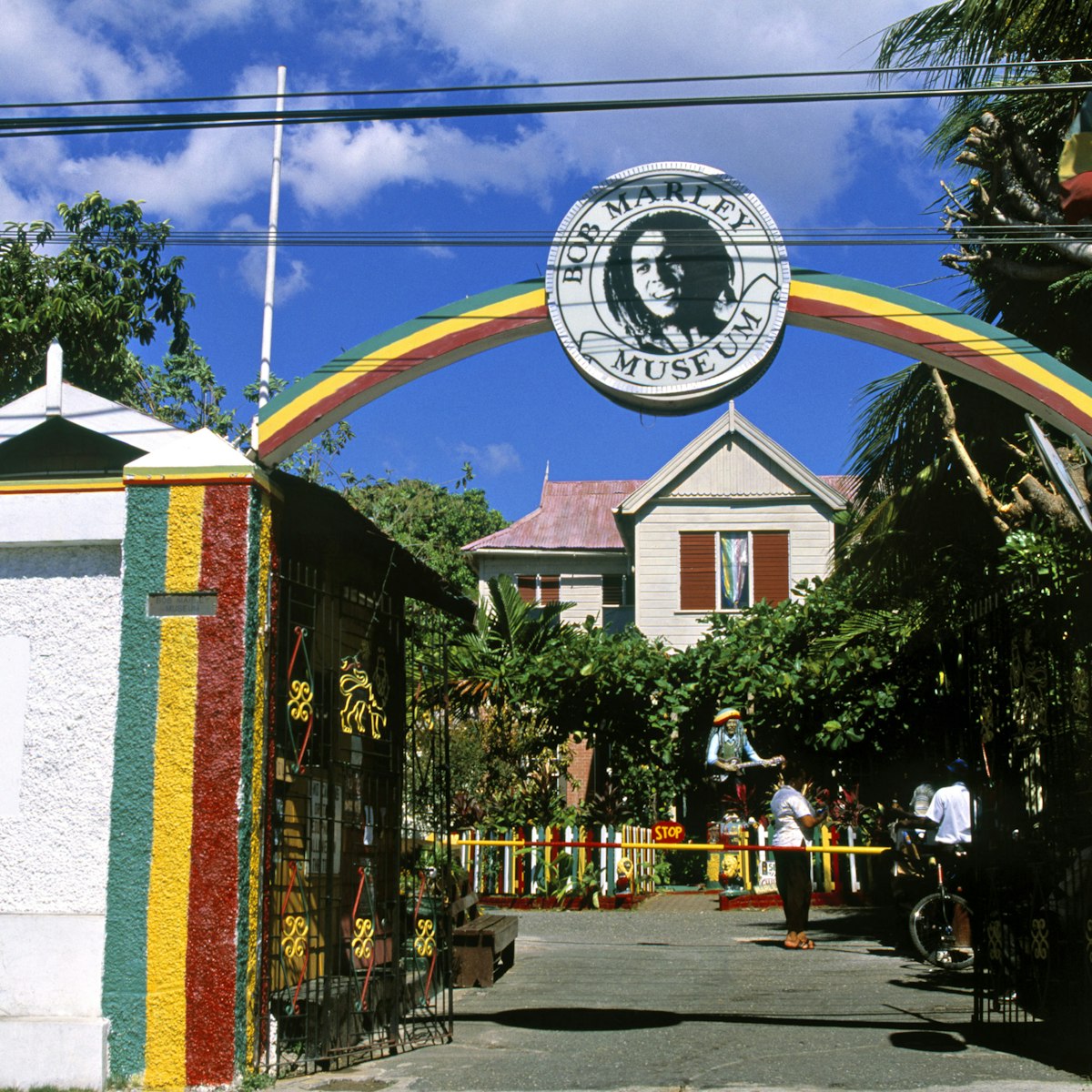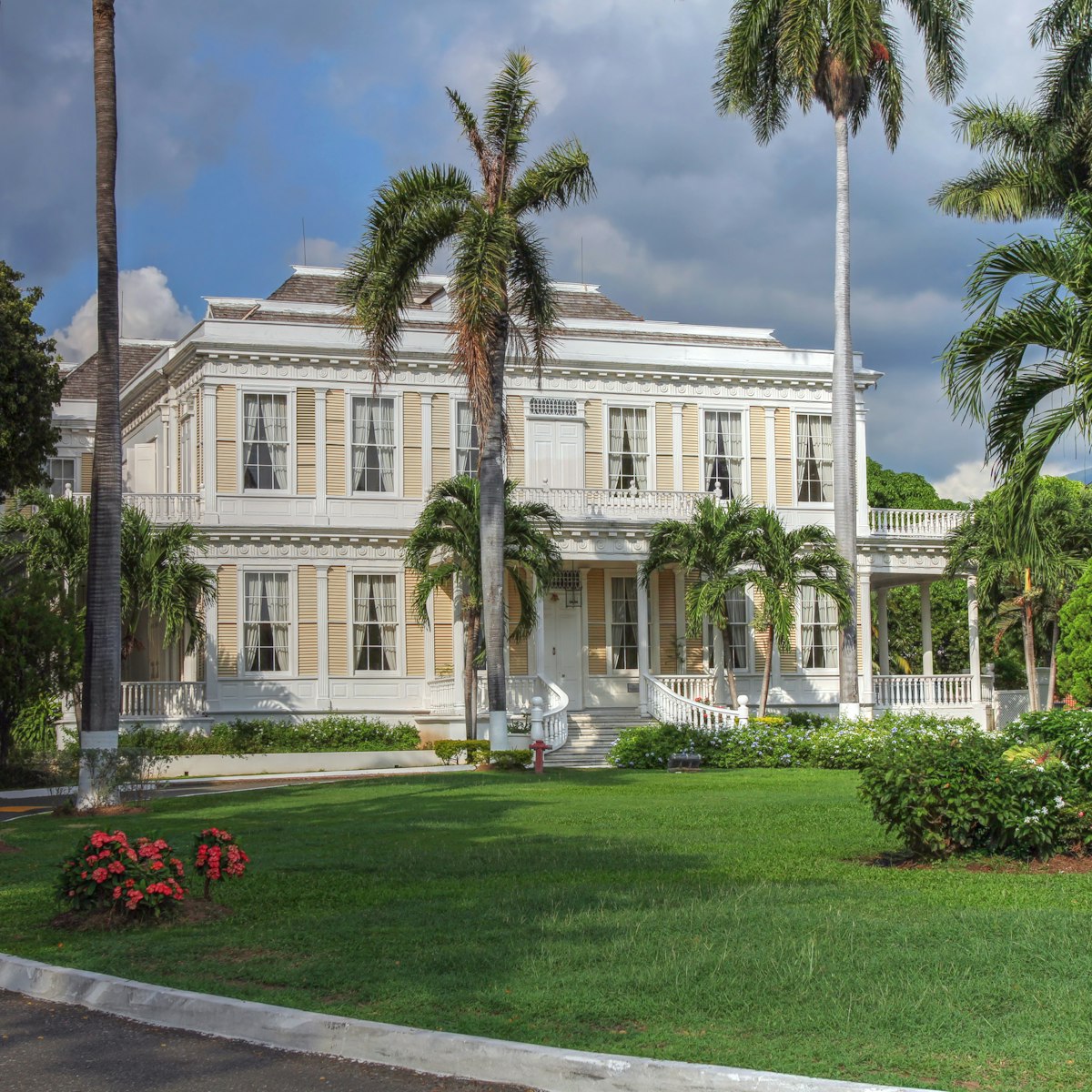The Mocking Bird is one of the most vigorous proponents of ecotourism in Portland and supporter of local environmental causes. The property is a lovely house at the end of a winding dirt road; airy rooms are lovingly appointed with well-chosen fabrics and art, ocean views and private balconies. The Mille Fleurs restaurant serves delicious locally sourced slow food.
Trails through the hillside gardens are fabulous for birdwatching – well-trained local guides are available for birding further afield.
